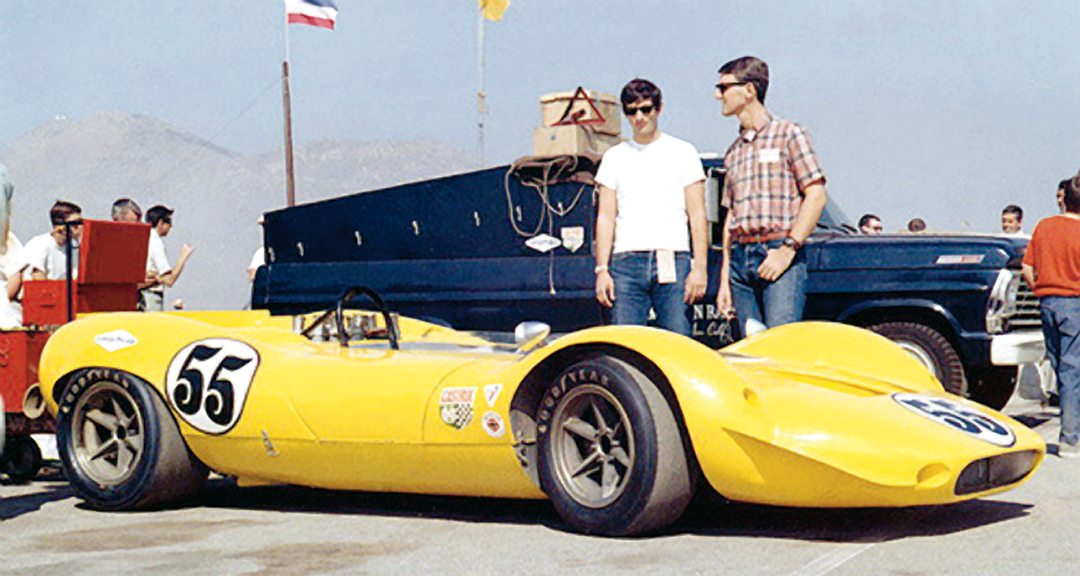By almost anyone’s measure, one of the things that made the Golden Era golden was the Canadian-American Challenge Cup or the Can-Am. It was the pinnacle of American road racing. The cars were the ultimate in racing machines, to the extent that they were faster than Indycars and those running in Formula One. There were almost no limitations in design other than that there had to be two seats and bodywork enclosing the wheels. In other words, anything went.
In order to understand how the series came about, it’s necessary to take a short look at the backstory. Road racing in the U.S. developed after WWII as an essentially amateur sports governed by the Sports Car Club of American (SCCA). Professional racing was governed by the American Automobile Club and then its successor in 1955, the United States Auto Club (USAC). When amateur road racing began attracting large crowds and increased media attention, USAC got into the act and organized a professional sports car road racing championship in 1958 that lasted through 1962. Its champions were names familiar to all of us: 1958—Dan Gurney; 1959—Augie Pabst; 1960—Carroll Shelby; 1961—Ken Miles; 1962—Roger Penske; all of whom were SCCA standouts even though a number of American and European pros participated.
No Subscription? You’re missing out
Get immediate ad-free access to all our premium content.
Get Started



